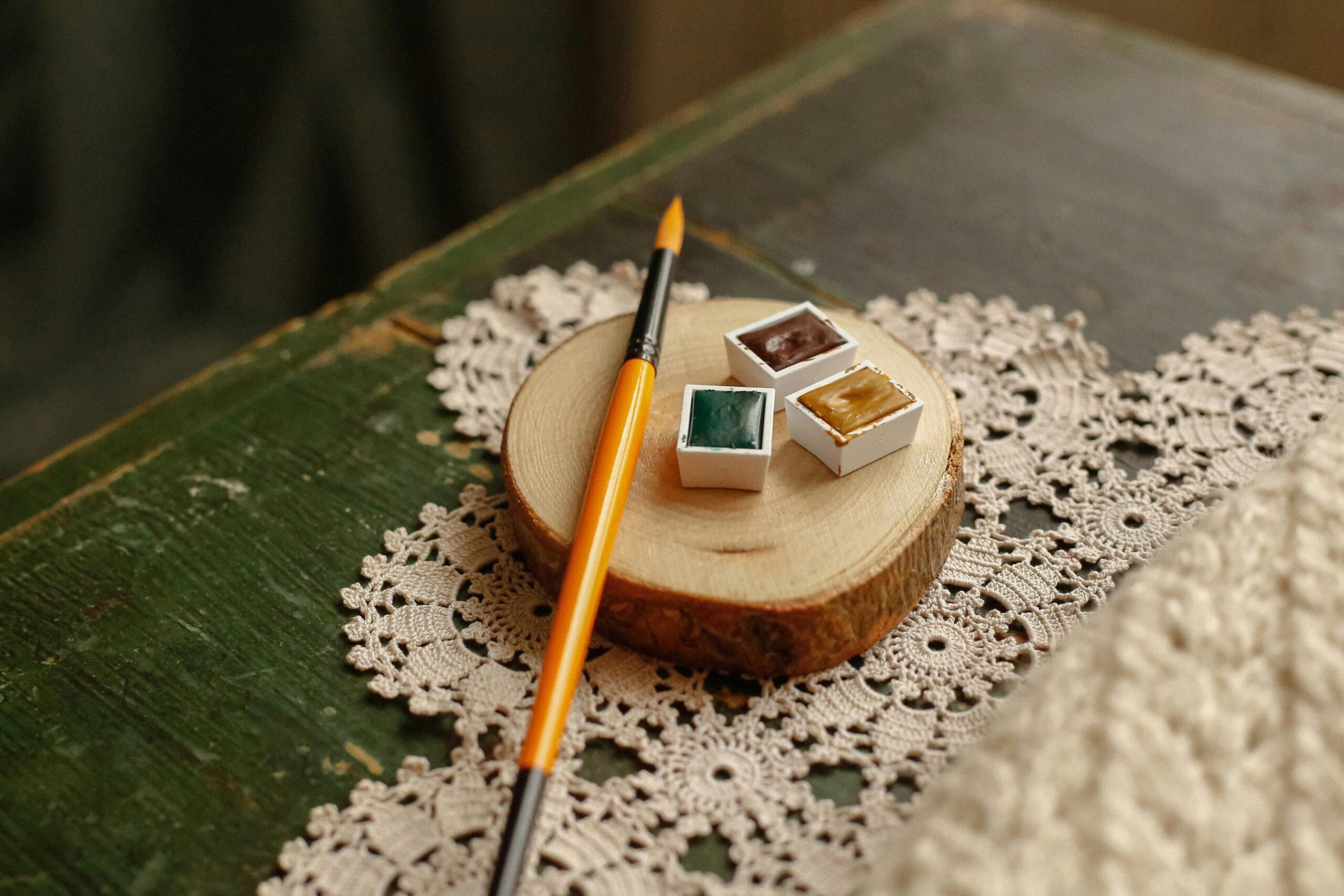Introduction
Have you ever wondered why you feel so relaxed in a green room or energized in a yellow one? The answer lies in color psychology, the study of how colors affect our emotions, thoughts, and behaviors. By understanding color psychology, you can use color to create the desired mood and atmosphere in your home.
The Psychology of Color
Colors evoke different emotions and feelings. For example, red is associated with passion, energy, and excitement, while blue is linked to calm, peace, and trust. Green is often seen as a color of growth, nature, and harmony, while yellow is associated with happiness, optimism, and creativity.
Using Color to Create Mood
- Red: If you want to create a vibrant and energetic atmosphere in a room, use red accents. Red is a striking hue with the ability to stand out. However, it can also be overwhelming, so use it sparingly.
- Blue: For a calming and peaceful atmosphere, blue is the perfect choice. Blue can help to reduce stress and anxiety. It is frequently utilized in restrooms and bedrooms.
- Green: Green is a versatile color that can be used to create a variety of moods. It is often associated with nature and can help to create a sense of peace and tranquility.
- Yellow: Yellow is a cheerful and optimistic color that can brighten up a room. Dining rooms and living rooms frequently employ it. However, too much yellow can be overwhelming, so use it in moderation.
Color Combinations
You can also use color combinations to create different moods. For example, combining red and white can create a bold and energetic atmosphere, while combining blue and green can create a calming and peaceful atmosphere.
Color in Different Rooms
- Bedroom: Use calming colors like blue, green, and purple to create a relaxing atmosphere.
- Living Room: Use cheerful colors like yellow, orange, and red to create a welcoming and inviting atmosphere.
- Kitchen: Use bright and energetic colors like red and yellow to stimulate appetite.
- Bathroom: Use calming colors like blue and green to create a relaxing and spa-like atmosphere.
Tips for Using Color in Your Home
- Start small: If you are new to color psychology, start by adding a few colorful accents to your home.
- Consider the natural light: The amount of natural light in a room can affect how colors appear.
- Think about your personal preferences: Choose colors that you like and that make you feel good.
- Don’t be afraid to experiment: There is no right or wrong way to use color in your home. Try different things to determine what suits you the best.
Conclusion
By understanding color psychology, you can use color to create the desired mood and atmosphere in your home. Whether you want to feel energized, relaxed, or inspired, there is a color that can help you achieve your goal.
